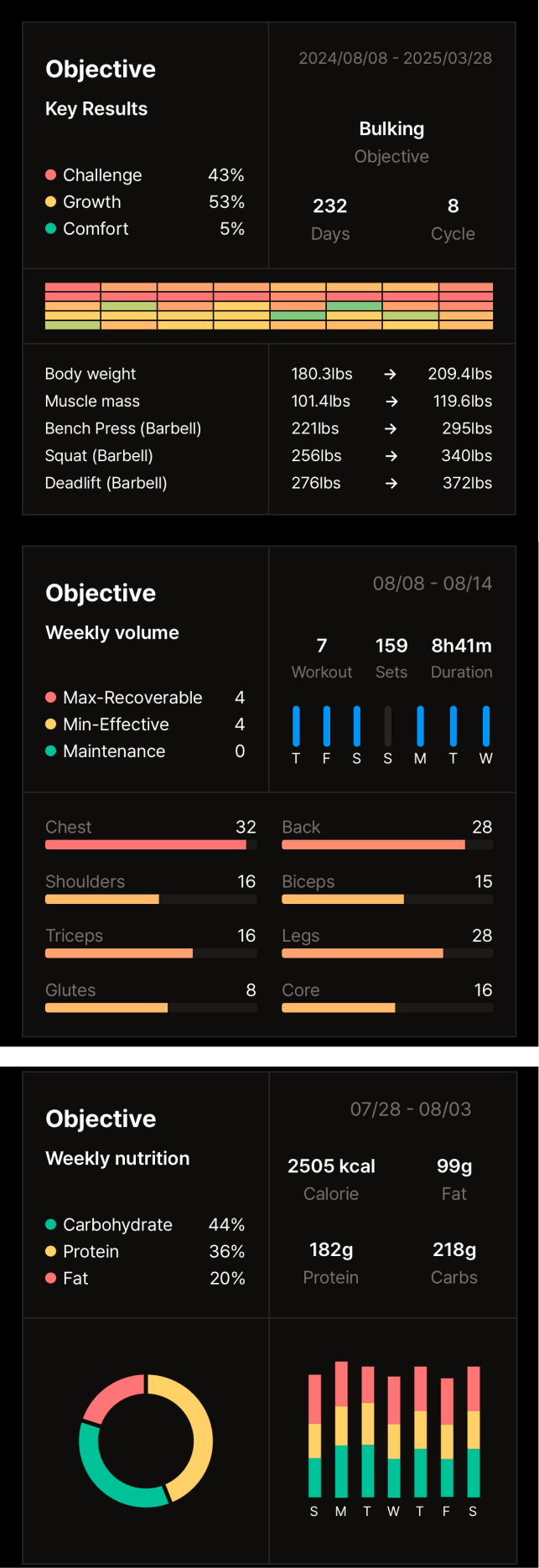Leg Exercises (Squats, Lunges, Leg Press)
Ever wondered why leg day is often hailed as the cornerstone of any workout routine? Leg exercises play a crucial role in building overall strength, improving athletic performance, and enhancing daily functional movements. This comprehensive guide will delve into mastering squats, lunges, and leg presses for all fitness levels. These exercises have been vital in transforming countless fitness journeys, including my own, demonstrating their power and effectiveness.
The Importance of Leg Exercises
Building a Strong Foundation
Leg exercises are fundamental to overall body strength and stability. Strong leg muscles provide a solid base for other workouts, improving performance in activities like running, jumping, and lifting. They also make everyday tasks like climbing stairs or carrying groceries significantly easier. Think of your legs as the anchors of your body, supporting every movement you make.
Boosting Metabolism and Burning Fat
The large muscle groups in the legs, including quads, hamstrings, and glutes, burn more calories than smaller muscles. This increased calorie expenditure boosts your metabolism, aiding in weight management and fat loss. Research suggests that lower body workouts contribute significantly to a healthy metabolic rate.
Squats: The King of Leg Exercises
Types of Squats
Squats come in various forms, catering to different fitness levels and goals. Three common variations are:
- Bodyweight Squats: Perfect for beginners, these require no equipment and focus on proper form. * Goblet Squats: Adding a dumbbell or kettlebell increases the challenge and builds strength. * Barbell Back Squats: A more advanced variation using a barbell across the upper back, ideal for building significant lower body power. Here's a comparison:
| Squat Type | Benefits | Challenges | |---|---|---| | Bodyweight | Easy to learn, requires no equipment | Limited resistance | | Goblet | Increased resistance, improves core strength | Requires proper weight selection | | Barbell Back Squat | Maximum strength gains, builds muscle mass | Requires proper form and safety precautions |
Common Mistakes to Avoid
Beginners often make certain errors when squatting. Here are some common ones and how to correct them:
- Knee Valgus (Knees collapsing inward): Focus on pushing your knees outward, aligning them with your toes. * Rounding the Back: Maintain a neutral spine throughout the movement. Imagine a straight line from your head to your tailbone. * Not Achieving Sufficient Depth: Aim for your hip crease to be at or below knee level. I once observed a student whose knees consistently caved inwards during squats. After focusing on actively pushing their knees outwards, their form improved dramatically, preventing potential knee injuries and maximizing muscle engagement.
Lunges: Versatile and Effective
Mastering Lunge Techniques
Lunges are versatile and effective for building lower body strength and improving balance. Here are some variations:
- Forward Lunges: Step forward with one leg, bending both knees to 90 degrees. * Reverse Lunges: Step backward instead of forward, maintaining the same knee angle. * Walking Lunges: Combine forward lunges into a continuous walking motion, increasing the cardiovascular challenge. Detailed instructions for each variation can be found in numerous fitness resources. Start with bodyweight lunges and gradually add resistance as you get stronger. Incorporating lunges 2-3 times a week into your routine can yield significant benefits.
Benefits of Lunges
Lunges offer several advantages:
- Improved Balance and Coordination: Lunges challenge your balance and coordination, strengthening stabilizer muscles.
- Unilateral Strength: Working each leg individually addresses strength imbalances and improves overall leg power.
- Versatility: Lunges can be performed anywhere, requiring minimal equipment.
A runner I coached significantly improved her performance by adding lunges to her training routine. The increased leg strength and stability translated to faster speeds and reduced risk of injury.
Leg Press: Power and Precision
Proper Use of the Leg Press Machine
The leg press machine allows for controlled, high-resistance leg exercises. Here's how to use it safely and effectively:
- Adjust the Seat: Position the seat so your knees are bent at a 90-degree angle when your feet are flat on the platform. 2. Foot Placement: Place your feet shoulder-width apart on the platform. Experiment with different foot positions to target different muscle groups. 3. Controlled Movement: Push the platform away from you, extending your legs without locking your knees. Slowly lower the platform back to the starting position. ### Leg Press Variations and Their Benefits
Different leg press variations target specific muscle groups:
- Narrow Stance: Emphasizes the outer quadriceps (vastus lateralis). * Wide Stance: Focuses on the inner thighs (adductors) and glutes. One client achieved impressive leg gains by incorporating a variety of leg press exercises into his routine. He started with a standard stance and gradually experimented with different variations, maximizing muscle development and overall leg strength.
Conclusion
Squats, lunges, and leg presses are cornerstone exercises for building a strong and functional lower body. By understanding the proper techniques and variations, you can maximize your results and achieve your fitness goals. Apply the insights shared in this guide to enhance your leg day workouts and overall fitness. Explore further research on advanced leg exercises and recovery techniques to continue your fitness journey. Remember, consistent effort and proper form are key to achieving long-term success.

